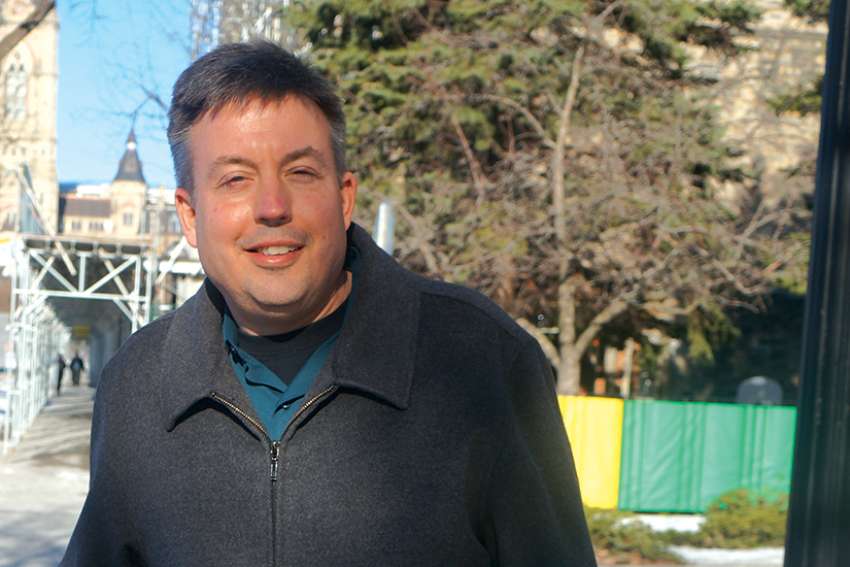The 2,528 clinician-administered deaths and one patientadministered death since the first legal assisted death on July 5, 2016, account for approximately 1.4 per cent of total deaths in Ontario, a Ministry of Health spokesperson told The Catholic Register in an e-mail.
“This percentage of medically assisted deaths remains consistent with that of Canada and other international assisted-dying regimes,” said MOH spokesperson Anna Miller.
Ontario accounts for about half of Canada’s assisted suicides.
In the last half of 2016 there were 187 doctor-assisted deaths in Ontario. In 2017, the first full year of so-called Medical Assistance in Dying (MAiD), there were 843 completed cases. In the entire history there has been just one case of patient-administered death, where the patient — in the presence of a doctor or nurse practitioner — took a lethal dose of a medicine prescribed for the termination of life. In all other cases, the lethal dose was injected by a doctor or nurse practitioner.
“In many ways, I’m not surprised (by the increased voluntary euthanasia numbers),” said Euthanasia Prevention Coalition executive director Alex Schadenberg. “I look at what has happened in other jurisdictions when they legalized and they certainly had growth. But our growth rates have been far greater than theirs.”
There are 375 Ontario doctors and 26 nurse practitioners providing assisted deaths, according to the Chief Coroner. The procedure is available at 125 hospitals across the province. Catholic health care organizations do not provided euthanasia services.
The numbers suggest that access to assisted suicide is “pretty universal,” Schadenberg said. Since it became legal, Ontario assisted suicides are about evenly split between deaths in hospital and deaths at home, in contrast to about 70 per cent of deaths in hospital across Canada generally. Hospitals have administered about 49 per cent of assisted deaths, with 43 per cent happening in private homes, four per cent in nursing homes and another four per cent in retirement homes.
Schadenberg fears that rather than a last resort, voluntary euthanasia has become an accepted and expected outcome of terminal illness.
“This is not a situation where this is the last thing being offered when we can’t do anything else,” he said. “This is a situation of normalizing something and promoting it. That’s what’s going on.”
It’s up to parishes and the Catholic community to ensure that natural death is the more acceptable option, said Schadenberg.
“The faith community has to face up to the fact we need to become far more oriented toward how we care for those in our own community,” he said. “There are far too many people who feel that they’re alone and they’re lonely…. As a human being, it’s awfully tough to die alone. Nobody wants to die alone, and I don’t blame them. I don’t want to die alone.”
The average age for an Ontario assisted death was 75 years, seven years younger than the Canadian average age of death. In 63 per cent of cases, cancer was named as the underlying condition prompting the request for an assisted death.
Circulatory or respiratory problems were cited in 16 per cent of cases and neurodegenerative diseases, such as ALS (amyotrophic lateral sclerosis), accounted for 12 per cent.
In nearly a quarter of assisted suicides in Ontario (23 per cent) the mandatory 10-day reflection period was waived, either for fear of imminent loss of capacity (13 per cent) or imminent death (three per cent) or both (seven per cent).
The youngest patient to receive an assisted death in Ontario was 22 years old. The oldest was 105.
Support The Catholic Register
Unlike many other news websites, The Catholic Register has never charged readers for access to the news and information on our site. We want to keep our award-winning journalism as widely available as possible. But we need your help.
For more than 125 years, The Register has been a trusted source of faith based journalism. By making even a small donation you help ensure our future as an important voice in the Catholic Church. If you support the mission of Catholic journalism, please donate today. Thank you.


